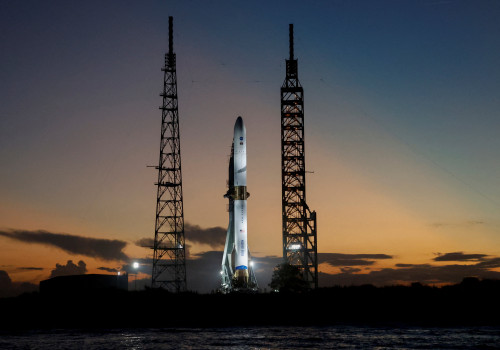Gold futures experienced a dip on Monday, stepping back from the mid-$1,900 range. This shift was prompted by the dollar’s ascent to 10-month highs in response to the Federal Reserve’s recent caution that U.S. interest rates would maintain their elevated position for a more extended period.
The December contract, the most active in New York’s Comex, concluded the day down $9, equivalent to a 0.5% decrease, settling at $1,936.60 per ounce. Simultaneously, the spot price of gold, determined by real-time trades in physical bullion, and closely monitored by some traders, dipped by $9.44, or 0.5%, reaching $1,916.02 as of 15:25 ET (19:25 GMT).
The Dollar Index continued its upward trajectory since the previous week, reaching its highest point since November. A stronger dollar tends to discourage investment in dollar-denominated commodities, such as gold, for holders of other currencies.
This surge in the dollar’s value follows the Fed’s projection of another quarter-percentage point rate increase by year-end, despite maintaining rates at the same level during its policy meeting last Wednesday.
The anticipation of higher interest rates poses challenges for gold, as it escalates the opportunity cost of investing in this non-yielding asset. This factor has weighed on gold throughout the past year, preventing any significant resurgence in the precious metal.
Fed Chair Powell emphasized the central bank’s unwavering commitment to bringing inflation back to its long-term target of 2%, given the current rate of 3.7%. Powell stated, “We are prepared to raise rates further, if appropriate. The fact that we decided to maintain the policy rate at this meeting doesn’t mean we have decided that we have or have not at this time reached that stance of monetary policy that we are seeking.”
The Fed had hiked interest rates 11 times from February 2022 to July 2023, adding a total of 5.25 percentage points to the prior base rate of just 0.25%.
Economists express concerns that the Fed’s renewed hawkish stance could dampen global economic growth. Nevertheless, many also concur that controlling oil prices is necessary if the Fed is to attain its annual inflation target of 2%.





